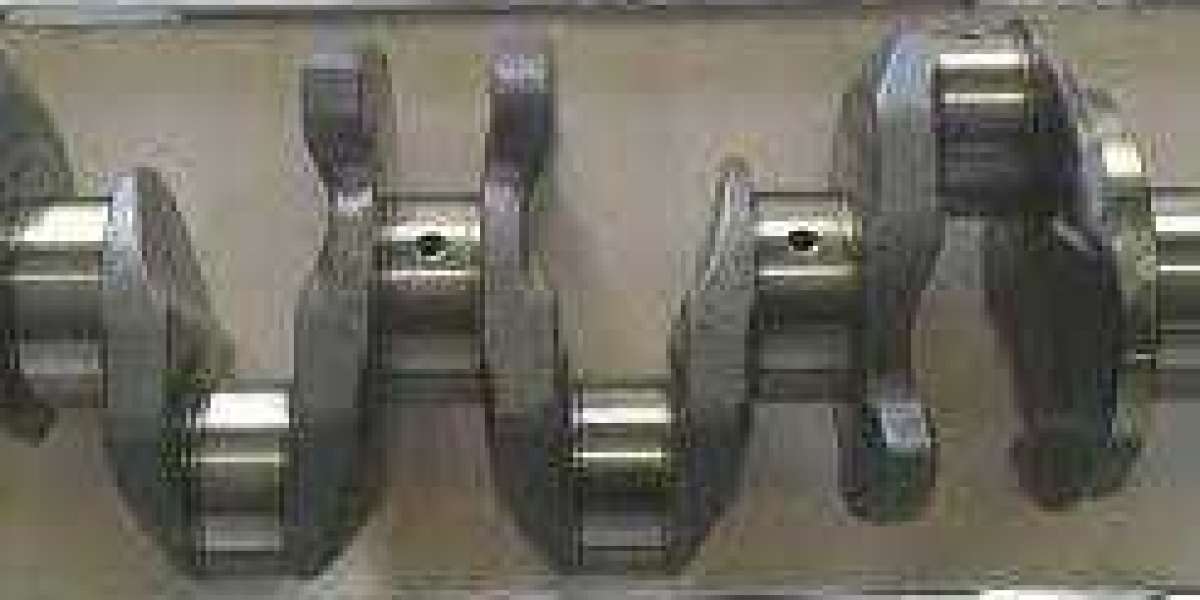The BMW N47 engine is popular for its performance and efficiency, especially in models like the 1 Series, 3 Series, and X1. However, it’s also known for a few critical maintenance points — and the bmw n47 crankshaft is one of the most vital components you should be paying attention to. This rotating shaft forms the backbone of your engine’s operation, converting piston movement into the rotational power that moves your car.
Why the Crankshaft Matters in the N47 Engine
The crankshaft is what keeps your engine running in sync. It works closely with the camshaft and timing system to control valve operation, combustion timing, and overall engine performance. Any wear or damage to the crankshaft can lead to poor engine operation, knocking sounds, and eventually, internal engine failure if left unchecked.
In the N47 engine, which already has a known history of timing chain issues, keeping the crankshaft in good shape is especially important.
Signs of a Failing BMW N47 Crankshaft
Crankshaft issues usually don't appear suddenly — they develop over time. Here are some common symptoms to watch for:
Unusual engine knocking or tapping noises
Vibrations coming from the lower engine area
Loss of oil pressure
Difficulty starting the engine or rough idling
Metal shavings in oil during oil changes
If you're noticing any of these, it may be time to have your crankshaft — and other related parts — checked out.
The Role of the Crankshaft Pulley
The crankshaft pulley, sometimes called the harmonic balancer, is attached to the front of the crankshaft. It helps absorb engine vibrations and drives essential components like the alternator, water pump, and air conditioning compressor.
In the BMW N47, the crankshaft pulley can wear out or become misaligned, causing excess vibration and stress on the crankshaft. If you’re replacing or inspecting the crankshaft, it’s a good idea to check the pulley at the same time. Worn rubber damping or cracks in the pulley hub are common signs it needs replacement.
How the Camshaft Chain Impacts Crankshaft Health
The camshaft chain plays a critical role in synchronizing the movement of the camshaft and crankshaft. In many N47 engines, stretched timing chains have caused serious problems, including poor timing and uneven engine operation. When the camshaft chain is out of sync, it can put added strain on the crankshaft, affecting rotation balance and causing internal wear.
If you’re replacing a worn camshaft chain, take that opportunity to inspect the crankshaft and pulley system. It’s often cheaper and more effective to address all potential problem areas in one go rather than doing the job twice.
When to Replace the Crankshaft or Pulley
While crankshafts are built to last a long time, damage from poor maintenance, low oil pressure, or worn bearings can lead to failure. If the journals are scored, or if the crankshaft has suffered from imbalance or excessive vibration, a replacement may be necessary.
Similarly, the crankshaft pulley should be replaced if it shows visible damage or excessive wear. Ignoring a worn pulley can result in premature wear to the crankshaft, timing components, and even accessory belts.
Final Thoughts
The BMW N47 crankshaft is at the core of your engine’s operation. If you're experiencing performance issues or already planning a repair like a camshaft chain replacement, it's wise to check the crankshaft and crankshaft pulley as part of a complete engine health check. Preventative work now can save thousands in repair costs later — especially with an engine as complex and high-strung as the N47.
Whether you're a BMW owner, enthusiast, or mechanic, understanding how these components work together can help extend your engine’s life and keep it running the way it was meant to.








